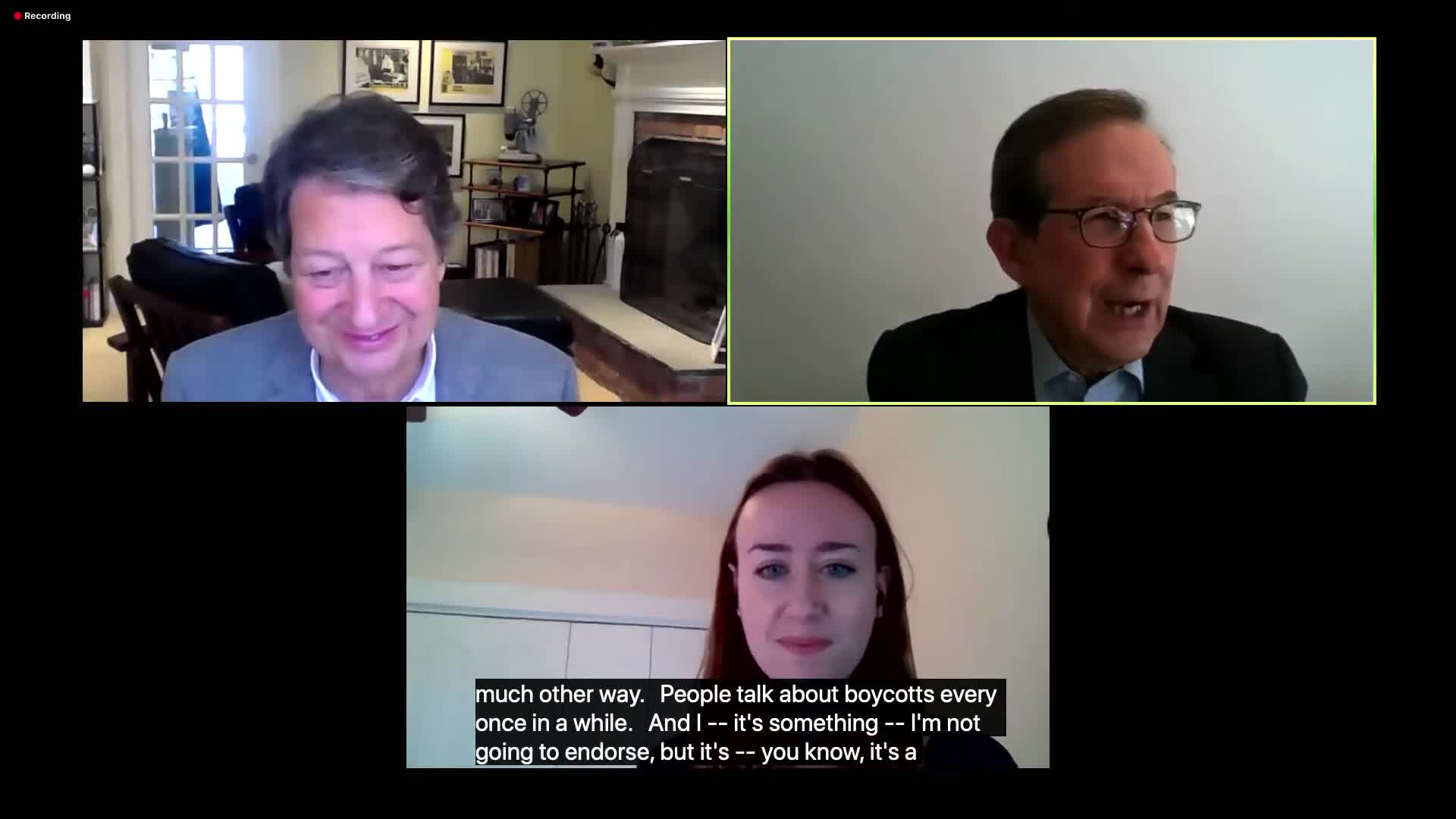Career Development
Career development is an ongoing and structured process that empowers individuals to acquire new skills, knowledge, and experiences that propel them toward their long-term professional goals. This multifaceted journey encompasses both self-directed initiatives, such as pursuing professional development courses and establishing mentorships, as well as organizational support mechanisms, where employers facilitate career advancement by aligning growth opportunities with employee aspirations. Essential to effective career development is the initial self-assessment phase, which helps individuals identify their strengths, interests, and values, forming the foundation for setting realistic, measurable career goals. In the context of recent workforce changes, the concept of career development highlights the intersection of personal ambitions and company objectives. Organizations increasingly recognize that investing in employee professional development not only enhances workforce competency but also yields business benefits through improved job promotion strategies and employee retention. As the landscape of work continues to evolve, notably with the rise of hybrid work environments and the integration of artificial intelligence across industries, adaptability and continuous learning become paramount. Professionals are now expected to embrace lifelong learning and specialization to meet fast-changing demands, ensuring they remain competitive in a technology-driven work environment. Overall, contextualizing career development in today’s dynamic professional landscape involves recognizing its role in achieving fulfillment, resilience, and long-term success.
What are effective methods for researching a company before an interview?
Google Alerts is a powerful tool for interview research that provides up-to-date information about companies. By creating alerts with specific search operators alongside the company name, you can track new job postings, competitor information, and financial updates. For example, typing the company name followed by 'competition' will alert you when the company is mentioned in competitive contexts. You can also monitor quarterly earnings for financial insights. These findings can be strategically used not only in your answers but also during small talk and when asking questions at the end of the interview.
Watch clip answer (04:16m)What are the key strategies for formulating effective interview questions according to Chris Wallace?
According to Chris Wallace, thorough preparation is essential when formulating interview questions. He emphasizes that while interviewers may not know as much as their subjects about specific topics, they have the advantage of knowing what they'll ask in advance. Wallace stresses making questions 'bulletproof' by keeping them focused, narrow, and precisely phrased to prevent interviewees from exploiting imprecisions. Equally important is the follow-up question, which Wallace considers crucial for creating newsworthy moments. He notes that the initial question is sometimes almost a 'throwaway,' while the real value comes from carefully listening to responses and crafting targeted follow-ups. This approach allows interviewers to maintain control of the conversation and extract meaningful information even from challenging subjects.
Watch clip answer (03:44m)What are effective questions to ask when gathering employee feedback?
When gathering employee feedback, asking the right questions is crucial. Rather than vague inquiries like 'How am I doing?' which typically yield generic responses like 'You're doing great,' employees should use specific, targeted questions. Effective questions include 'What unique contributions am I making to the team that others aren't?', 'What is my reputation in this team?', and 'What conditions have you seen me thrive in and where am I struggling?' These concrete questions give colleagues permission to provide meaningful insights and focus the feedback on valuable information that can actually drive professional development.
Watch clip answer (00:46m)How can I make my resume ATS-friendly?
To make your resume ATS-friendly, follow four key strategies. First, use keywords strategically from the job posting you're applying for. Second, structure your resume with clear hierarchy and proper section titles. Third, avoid formatting pitfalls such as tables, columns, images, charts, or graphics that confuse ATS systems. Finally, use simple, readable fonts (11-point size is recommended) and maintain consistent formatting throughout your document. These approaches help ensure your resume passes through automated screening systems and reaches human recruiters, as over 88% of resumes never make it past the ATS.
Watch clip answer (00:27m)What are the three effective LinkedIn job search strategies to stand out and find job opportunities?
The three effective LinkedIn job search strategies are: first, browsing recommended jobs tailored to your profile, which delivers more relevant opportunities than random searching. Second, leveraging your network connections who work at target companies, as candidates with internal referrals are much more likely to get interviews and be hired. Third, setting up job alerts with specific filters to receive timely notifications about new positions matching your criteria. These strategies help you save time, maintain confidence, and apply quickly to new opportunities.
Watch clip answer (11:05m)What is a four sentence cover letter and how can it be used effectively?
A four sentence cover letter is a concise format that includes specifying the position you're targeting, highlighting your relevant experience or skills, referring to your resume for additional details, and expressing interest in discussing the opportunity further. This streamlined approach satisfies application requirements while being personalized to the recipient, making it unique and tailored rather than generic. The effectiveness comes from its targeted nature, showing you've done your homework about the position and company, increasing your chances of receiving a response.
Watch clip answer (09:01m)




